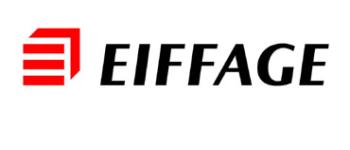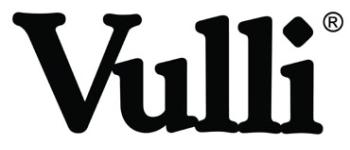Our references












At OSE Services, we specialize in the verification of alloys, coatings, and the study of corrosion origins.
Our mission is to provide reliable and precise analyses to help our clients ensure the quality of their products and prevent material failures.
We assist you in investigating the origin of failure in your parts and installations: identifying the causes in amicable and judicial disputes. We offer our Expertise in:
Anti-corrosion coatings: nature, thickness, condition
Corrosion: analysis, identification of its origin
Verifying the grade of your metals and alloys: chemical composition, tensile tests, hardness, microstructures...
We are committed to offering high-quality service, adhering to strict ethical standards, and continuously adapting to technological advancements.
Click here to view our full range of services for industrial clients.
We operate in France and across Europe
Our metallurgical analysis experts intervene on-site or in the laboratory.
48-hour turnaround upon request & depending on context.
Some situations require immediate on-site analysis to verify the compliance of alloys and determine their grade.
Our on-site metallurgical analysis service is designed to meet these needs, offering quick and precise assessment directly in the field. This is particularly useful in industries where time is a critical factor, such as oil and gas production, infrastructure construction, and maintenance.
We have cutting-edge portable equipment for conducting on-site analyses, including:
Our highly qualified technicians and engineers can provide immediate results and on-site recommendations, helping to make fast and informed decisions.
As part of a maintenance project for a nuclear power plant, our laboratory was tasked with verifying the alloys used in critical piping. Through our precise analyses, we identified non-compliant components, allowing the client to replace the defective parts before they caused major issues.
A food industry company requested our services to investigate corrosion in its heat exchanger. Using electrochemical techniques, XRF and SEM-EDX analyses, as well as XRD analysis, we identified the causes of corrosion and proposed solutions to improve material resistance.
A construction company commissioned us to determine the presence and origin of corrosion on residential building railings. After conducting studies and on-site analyses, we found that the applied coatings contained no anti-corrosion agents. Comparison with the specifications outlined in the technical documentation revealed a breach of contract across all the railing coatings.
Anti-corrosion coatings are essential for protecting metallic materials from degradation caused by corrosive environments. Below is an overview of the different types of commonly used anti-corrosion coatings:
Paints and Organic Coatings
Metallic Coatings
Galvanization, Inorganic Coatings
Specialized Polymer-Based Coatings
Anodizing
Verify that the coatings comply with the technical specifications and are not exposed to an environment conducive to accelerated degradation.
Our on-site experts and laboratory use several techniques to study coatings, including:
Digital optical microscopy
Scanning Electron Microscopy (SEM)
Fourier-transform infrared spectroscopy (FTIR)
X-ray Fluorescence Spectrometry (XRF)
X-ray Diffraction (XRD)
Pyrolysis (GC/MS)
X-ray Tomography
These methods allow us to verify the nature and thickness of the coating layer, characterize the coating products, and assess the effectiveness of protective coatings.
By verifying the composition of materials, we help prevent potential failures due to the use of inappropriate or lower quality materials.
To identify alloys like stainless steel, copper, aluminum, bronze, and others... we use advanced techniques such as:
These methods allow us to accurately detect and quantify the elements present in a sample.
Corrosion is a natural phenomenon that can cause significant damage to metallic structures, resulting in high repair and maintenance costs. Understanding the mechanisms of corrosion and how to prevent it is essential for extending the lifespan of equipment and infrastructure.
Our laboratory uses several techniques to study corrosion, including:
These methods allow us to understand corrosion mechanisms, characterize corrosion products, and assess the effectiveness of protective coatings.











